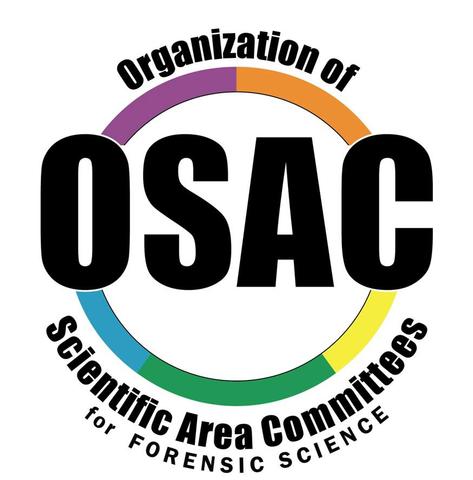OSAC Opens Public Comment Period for Five Existing Standards for Potential Inclusion on the OSAC Registry of Approved Standards

Forensic science service providers need access to a uniform set of standards that support scientifically sound and statistically valid test results, laboratory results, written laboratory reports and courtroom testimony. These types of standards will increase confidence in the criminal justice system and the testimony put forth by practitioners.
One aim of the Organization of Scientific Area Committees for Forensic Science (OSAC) is to identify and promote existing, technically sound, consensus-based, fit-for-purpose documentary standards that are based on sound scientific principles. This will be achieved through the OSAC Registry of Approved Standards and the OSAC Registry of Approved Guidelines. A standard or guideline that is posted on the registry demonstrates that the methods it contains have been assessed to be valid by forensic practitioners, academic researchers, measurement scientists, and statisticians through a consensus development process that allows participation and comment from all relevant stakeholders.
The OSAC has implemented the OSAC Registry Approval Process of Published Standards and Guidelines, which includes criteria against which existing standards and guidelines are analyzed before being posted to the registries. This includes an analysis of technical merit, the openness of the development process (to ensure a balance of interests is represented), consensus, harmonization,and impact on the forensic science community. Multiple levels of the OSAC evaluate the standards and guidelines against these criteria. If criteria are amply met, OSAC proceeds to issue a notice of intent that includes an open comment period to solicit further feedback from all stakeholders. OSAC reviews and adjudicates all public comments received and then incorporates that feedback into their final vote on whether or not the standard/guideline should proceed through the OSAC standards approval process.
It is worth noting that there will still be existing standards and guidelines that are not recommended and/or approved for the registries, but that does not necessarily mean that the OSAC is invalidating their use. The absence of a standard or guideline simply means that it has either not been recommended yet, or it might have only met a portion of the criteria.
The OSAC has announced that five standards are now under consideration for inclusion on the OSAC Registry of Approved Standards.
- ASTM E2329-14 Standard Practice for Identification of Seized Drugs
- ASTM E2330-12 Standard Test Method for Determination of Concentrations of Elements in Glass Samples Using Inductively Coupled Plasma Mass Spectrometry (ICP-MS) for Forensic Comparisons
- ASTM E2548-11e1 Standard Guide for Sampling Seized Drugs for Qualitative and Quantitative Analysis
- ASTM E2881-13e1 Standard Test Method for Extraction and Derivatization of Vegetable Oils and Fats from Fire Debris and Liquid Samples with Analysis by Gas Chromatography-Mass Spectrometry
- ASTM E2926-13 Standard Test Method for Forensic Comparison of Glass Using Micro X-ray Fluorescence (µ-XRF) Spectrometry
Public comment period will be open here for the next 30 days (until September 13, 2015). [EDITOR'S NOTE: Removed link as it is no longer active.] Note that the intent of the public comment period is to collect public opinion on inclusion of the standard to the OSAC registry (not to solicit revisions to the documents themselves).
Please contact forensics [at] nist.gov (forensics[at]nist[dot]gov) with any questions.
If you would like to receive the OSAC monthly newsletter and be notified of upcoming public comment periods and other OSAC news, please visit the OSAC homepage at www.nist.gov/forensics/osac and insert your e-mail address in the brown box on the left side of the screen.

